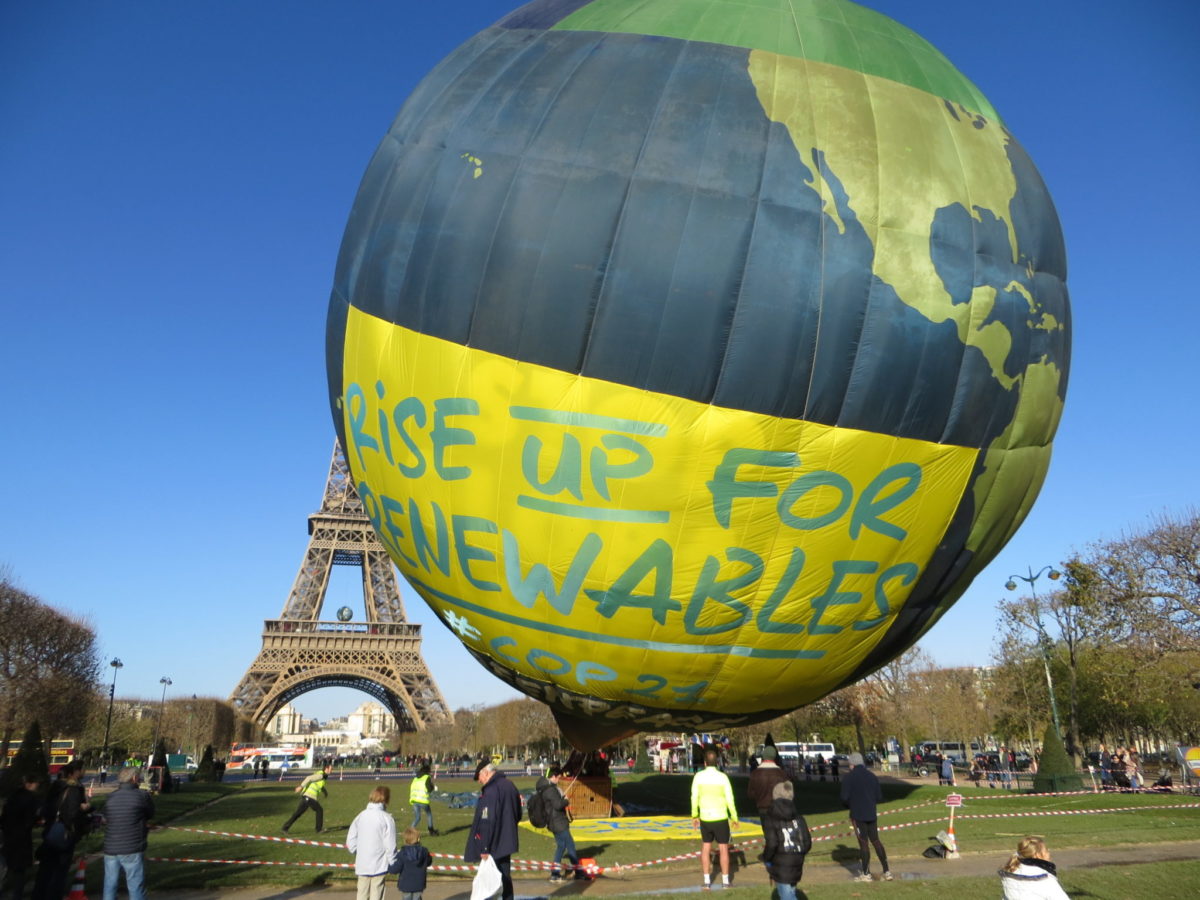With just 35 days to go before the COP24 is held in Katowice, renowned research institutes continue to publish reports and studies shedding light on the current situation. In this vein, the Grantham Research Institute on Climate Change and the Environment and Centre for Climate Change Economics and Policy, both of London School of Economics and Political Science (LSE), as well as the World Research Institute, have evaluated countries legislative performance regarding Paris Agreement compliance.
The researchers found that of 197 signatory states, 157 have set economy-wide emissions reductions targets in their ‘Nationally Determined Contributions’ (NDCs). However, just 58 have translated their Paris Agreement commitments into national law, and of those 58 countries, just 16 have set national laws that are as ambitious as they should be for consistency with the Paris Agreement.
The 16 countries with targets in national policies and laws that are compatible with their NDCs are Algeria, Canada, Costa Rica, Ethiopia, Guatemala, Indonesia, Japan, FYR Macedonia, Malaysia, Montenegro, Norway, Papua New Guinea, Peru, Samoa, Singapore, and Tonga.
A legislative disconnect
Reportedly, those 157 that have committed to NDCs in the Paris Agreement accounted for 95% of global annual emissions in 2014. By contrast, the 58 countries that have translated these NDCs into national law account for 49% of global annual emissions. The authors state that currently there is insufficient data to quantify the aggregate emission reductions that would be achieved if all economy-wide commitments entrenched in law were met in full. Still, they say it is clear that the aggregate cut would be smaller than the aggregate cut in greenhouse gas emissions as per the NDCs.
Moreover, the study points out that previous climate negotiations in Cancún and Copenhagen required to set climate targets with a 2020 horizon, though, the Paris Agreement pledges to extend that timeframe. While 142 signatories have done so in their NDCs, it comes clear that only 33 countries have done so in respective national law.
This gulf between what signatories declared they would do back in 2015 and what they have achieved as of now is jeopardizing the ambitions. The researches urge for a more stringent harmonization of NDCs and national law. Additionally, more stringent data collection should be pursued to allow for a more robust assessment of where the shortcomings lie.
Sector-specific targets
However, 140 countries have put forward sector-specific targets to achieve their climate commitments. According to the research paper, most would address energy-related targets before other sectors, on account of that sector being the most centralized, and thus comparatively easy to govern. 64% of the signatories have implemented national law quantifying renewable energy targets.
What sticks out in the study is the fact that Energy and transport related targets had been adopted at a greater margin than the NDCs would suggest. While in the Paris Agreement, 104 countries (or 53% of the signatories) articulated specific targets for their energy sector, 126 (or 65% of signatories) have done so in their national law since.
Likewise in the transport sector, 36 countries committed to sector-specific targets, but 51 have come to render national laws in this sector. For land-use and forestry, agriculture and waste this trend was not observable as a smaller number of countries have formulated laws regarding these sectors than there were countries that have pledged to do so in the Paris Agreement.
Urgent action required
Just recently, the Intergovernmental Panel on Climate Change released a report stipulating that the world has 12 years to make serious strides towards averting climate change. This would include unprecedented efforts across all sectors.
Until 2035, the world would need to invest US$2.4 trillion for the transition of the industrial, energy, agricultural, residential and transport sectors. For the energy sector, the panel recognized the critical role solar PV and storage are playing, as system costs for both have plummeted over the last years, making it a highly affordable source of energy, also for regions where there had been no access to electricity, so far.
A report by DNV GL presented a calculation of the costs of the energy transition. According to DNV GL, overall global energy expenditure will increase by 33%, from $4.5 trillion in 2016, up to $6 trillion in 2050. However, because global GDP is also expected to rise by a significant 130%, the proportion of global GDP invested in the world energy systems will decrease from 5.5% in 2016, down to 3.1% in 2050.
This content is protected by copyright and may not be reused. If you want to cooperate with us and would like to reuse some of our content, please contact: editors@pv-magazine.com.









By submitting this form you agree to pv magazine using your data for the purposes of publishing your comment.
Your personal data will only be disclosed or otherwise transmitted to third parties for the purposes of spam filtering or if this is necessary for technical maintenance of the website. Any other transfer to third parties will not take place unless this is justified on the basis of applicable data protection regulations or if pv magazine is legally obliged to do so.
You may revoke this consent at any time with effect for the future, in which case your personal data will be deleted immediately. Otherwise, your data will be deleted if pv magazine has processed your request or the purpose of data storage is fulfilled.
Further information on data privacy can be found in our Data Protection Policy.